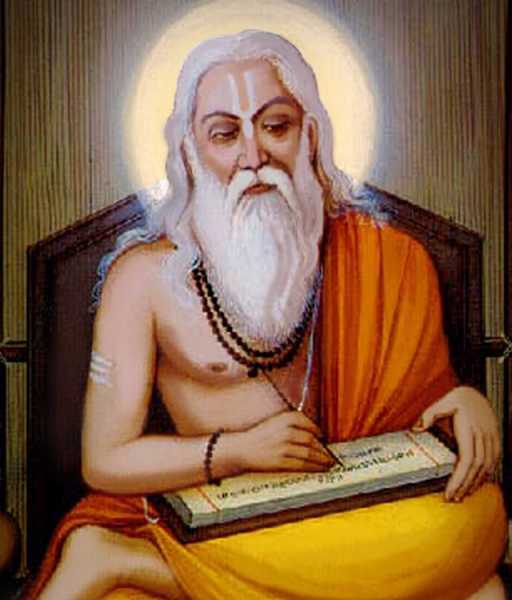

The final section is titled Siddhi, underscoring the key objectives of the book – to help the reader attain emancipation through health. The principles and applications to explain human physiology, etiology of diseases, clinical sciences, etc. earth, fire, air, ether, and water), doshas (body humors), dhatus (tissues), and other critical concepts have been included. Approximately 43 commentaries in Sanskrit were written through centuries – of which, Chakrapanidutta’s Ayurveda Deepika (or the Light of Ayurveda) is considered the most authoritative.Ĭoncepts such as the mahabhuta (fundamental elements that make the human being as well as the universe around him, viz. With the spread of Buddhism, it got translated into Tibetan and subsequently, Mongolian languages. In the last two thousand years, the popularity of Charak Samhita spread beyond the frontiers of the Indian subcontinent, when it was translated into Arabic (8th century CE) and Persian (10th century CE). A scholar named Dridhabala (300 CE) redacted and also worked on to restore some lost portions of the text.

There are no chronological records marking the evolution of the body of knowledge that is Ayurveda, but it is speculated that Charak lived sometime in the 8th century, BCE. Charak redacted the text called the Agnivesha tantra, believed to have been written circa 1000 BCE by Agnivesha, a disciple of the legendary Vedic sage, Punarvasu Atreya. Though literally meaning the “Compendium of Charak”, it was actually authored by Agnivesh, an ancient physician of renown. The new edition of the Charak Samhita, with updated inferences and applications, is one step in re-initiating that process of interaction between teachers and scholars to help researchers in their quest for more effective solutions to problems of health.Īs mentioned earlier, the Charak Samhita epitomizes one of the finest examples of classical Vedic teacher-student ( Guru-Shishya) interactions ever recorded, either in ancient or modern times. Today, as leading thinkers are searching for more effective definitions of health, Ayurveda is again in the spotlight. With the advent of modern medicine with focus on disease management, Ayurveda was relegated to relative obscurity. There were no new updates or revisions to Ayurvedic text, for centuries. However, due to suppression by foreign invaders and rulers of India for several centuries, Ayurveda went through its period of stagnation, or dark ages. This knowledge was documented in the Brihatrayi (three major treatise), of which the Charak Samhita is considered the most important and definitive.

Teachers would pass on their wisdom – updated with this scientific inquiry and application of their own learnings- to their students in an interactive manner, called as the Guru-Shishya (teacher/student) tradition. Within communities, scientific knowledge was created by an interchange of information between patients, physicians, and researchers. Considered a supplement to the Vedas, Ayurveda is a comprehensive system of health that focuses on leading a healthy life, helping an individual do his righteous duties ( dharma), acquire wealth ( artha) and gratification of desires ( kama), and attain emancipation ( moksha).įor thousands of years, Ayurveda evolved through a process of scientific inquiry involving the communities or societies ( loka). Ayurveda, the Science of Life, traces back its origin to the Vedic ages in India.


 0 kommentar(er)
0 kommentar(er)
